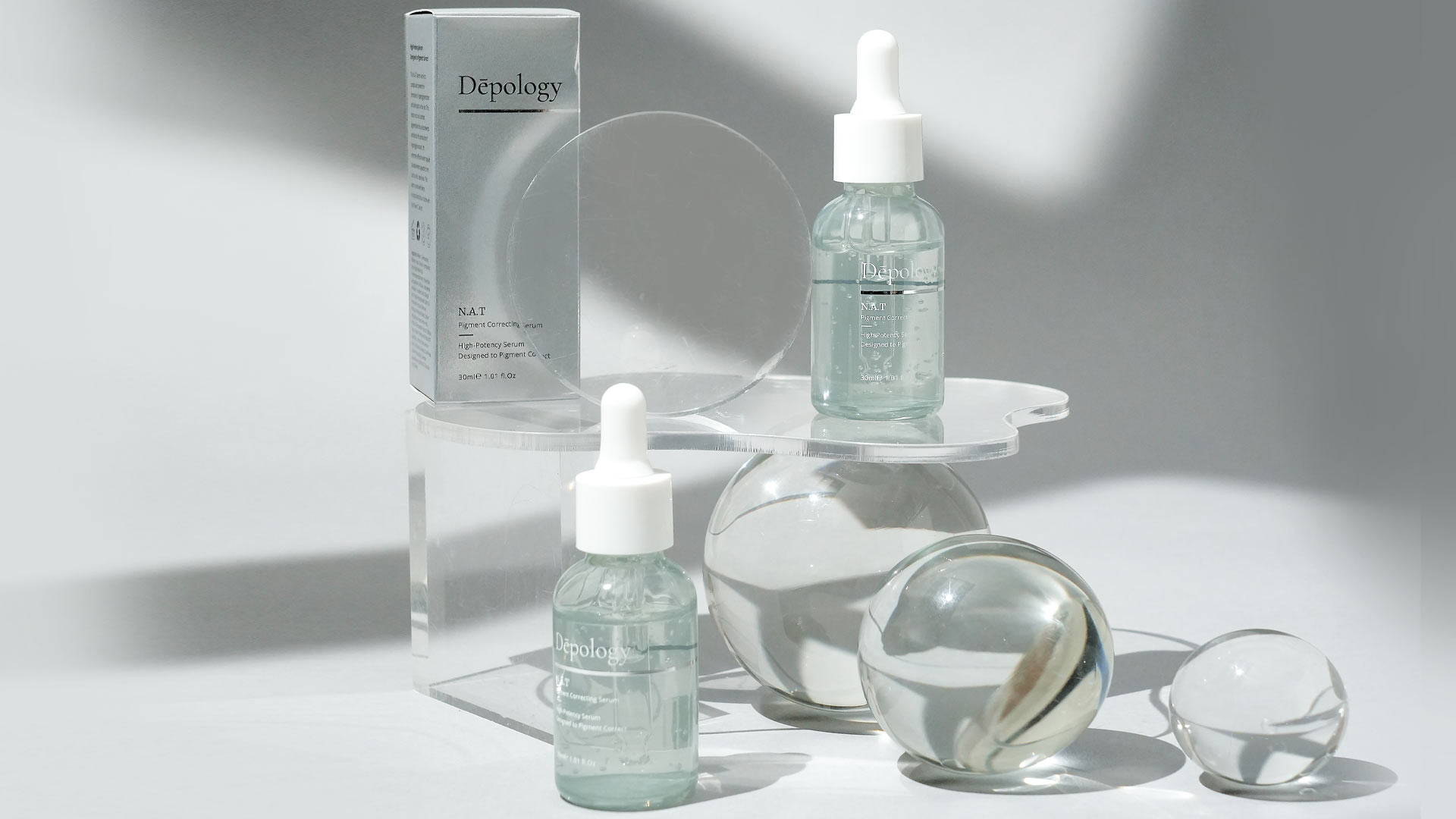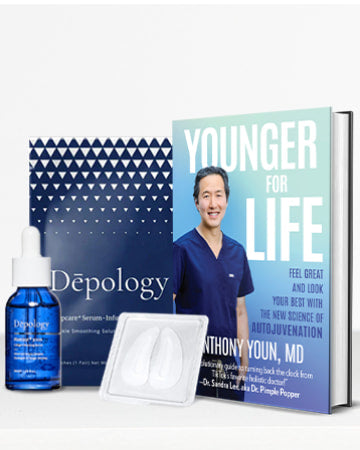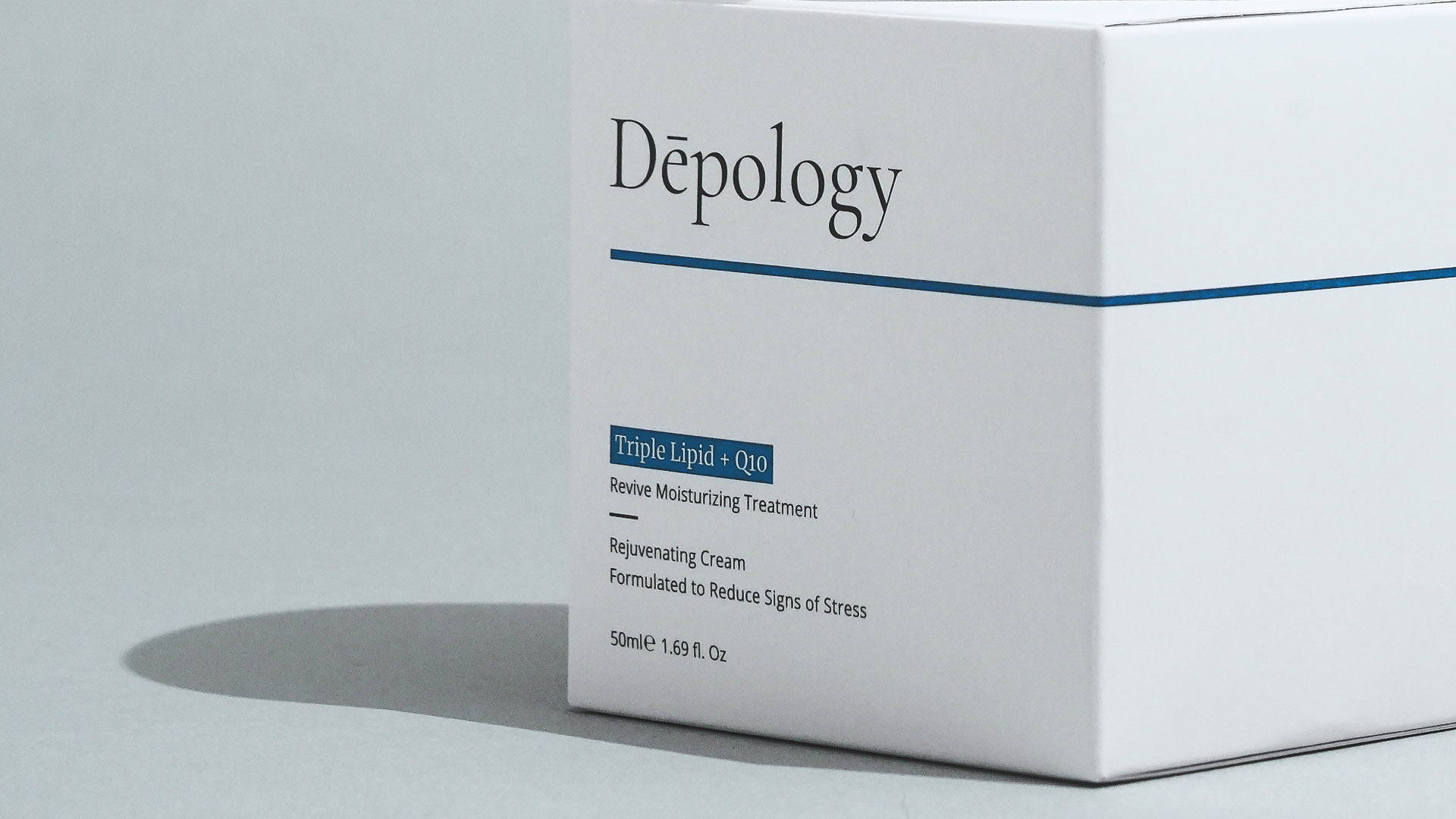
What Are Age Spots?
Our skin experiences many changes as we get older, but one of the most noticeable changes is age spots. Age spots, or sun spots, are a common skin concern, especially among people aged 30 and over. If you've ever wondered what age spots are, why they appear, and how to address them, then keep on reading – this post has all the answers you need. We'll cover the causes, consequences, and treatments for age spots. Get skin-smart and set yourself up for beautiful, healthy, and blemish-free skin.
What Are Age Spots?
Age spots, also known as sun spots, liver spots, or hyperpigmentation, are patches of skin that are darker than the surrounding skin. They are flat like the surrounding skin and can range in color from gray to different shades of brown to black. They can appear as one spot or a group of spots. They typically range from the size of a small freckle to an inch in diameter. Age spots appear on areas of the skin that are most exposed to the sun, such as the face, hands, arms, and shoulders. In some cases, they can also occur on the chest, back, and other parts of the body. Age spots often get bigger with age, but medical treatment is available to reduce the appearance of age spots if desired.
What Causes Age Spots In The Skin?
Unprotected exposure to the sun's ultraviolet (UV) radiation is the most common cause of age spots. UV radiation acts on the top layer of skin, called the epidermis, and it causes the production of an extra pigment called melanin. An excess of melanin causes age spots to form in the affected areas, with lighter or darker patches. Some medical conditions, such as Cushing's syndrome and Addison's syndrome, as well as certain medications, can also cause age spots. Additionally, age spots can occur due to the natural aging process when the skin loses collagen and becomes more susceptible to sun damage. People with fair skin are also more prone to getting age spots.
How To Prevent And Treat Age Spots
Age spots are a common issue, and luckily, there are ways to both prevent and treat them.
Protect Your Skin Against Sun Damage
We all know the importance of wearing sunscreen when enjoying the sunshine, but many of us don't realize the extent to which the sun's rays can damage our skin. Sun damage can cause premature aging, wrinkles, age spots, and discoloration, as well as an increased risk of certain types of skin cancer. And if you already have age spots, unprotected or excessive sun exposure can actually make them appear darker and more visible. Sun damage can affect any skin type, so it's important to take preventative measures like wearing sunscreen, hats, and protective clothing before stepping out in the sun.
Common In-Office Age Spot Treatments
If you do find that you already have age spots, there are a variety of treatments available depending on the severity of the spots. Treatments may range from topical creams and ointments to laser treatments and chemical peels. Other treatments that require a doctor's supervision are cryotherapy, which involves freezing the skin to destroy the pigment, and dermabrasion, which sands down the top layers of skin.
It's important to note that age spots don't usually require medical treatment and may fade away with time. However, if you're looking to get rid of them more quickly, consult your dermatologist to discuss the best treatment option for you.
The Best Skincare Ingredients To Treat Age Spots
Age spots can affect your overall skin health, but with the right skincare ingredients, you can reduce their appearance and improve the look and feel of your skin. Several skincare ingredients can help your skin look its best, including natural exfoliants like salicylic acid, retinol, lactic acid, and glycolic acid. These ingredients help to unclog pores and exfoliate away dead skin cells, revealing a brighter and more even skin tone. Antioxidants, such as Vitamins C and E, can also help to protect your skin from further damage caused by environmental aggressors, while hyaluronic acid helps to keep skin hydrated, which can reduce the appearance of age spots.
Niacinamide, also known as Vitamin B3, is a powerful skincare ingredient that can be used to reduce the appearance of age spots. It helps to brighten the skin and reduce inflammation while also improving the appearance of dark spots, dullness, and uneven texture. Niacinamide can be found in a variety of skincare products, including cleansers, serums, and creams. When using products containing this ingredient, it's important to use it as directed, as overuse can lead to irritation and redness of the skin.
Our Pick:
Natural Remedies To Reduce Dark Spots
If you'd prefer to take a more natural approach to reduce the appearance of age spots, there are several treatments that you can try at home. Reducing dark spots on the skin with natural ingredients can be done in the comfort of your home without the need for expensive treatments or creams. Start by exfoliating your skin to fade away the top layer of dead, discolored cells. Make sure to apply a gentle moisturizer afterward before trying out a natural remedy.
One popular remedy is to mix equal parts ground-up lemon peels and yogurt and apply it to the affected area. Natural remedies often include lemon because they are thought to act as a gentle bleaching agent, and the addition the yogurt helps to provide moisture. Other natural ingredients such as honey, aloe vera, and papaya also have properties thought to help lighten age spots. To get the maximum benefit, it's important to be consistent— use natural remedies regularly over time to see results.
When to Seek Professional Advice About Age Spots
Although age spots are quite common and are not dangerous, it's always best to consult your dermatologist if you are concerned about their appearance in case it is something else. If your age spots are particularly dark and large, a dermatologist can offer the best advice on how to proceed. Consulting a dermatologist will ensure that you get the best possible advice and treatment for dark spots.
The Final Verdict
Age spots are an all too common skin condition, and they can be quite a nuisance. However, with the right knowledge and products, you can take steps to reduce their appearance and help keep your skin looking healthy and glowing. The most important thing is to take preventive action by wearing sunscreen and protecting your skin from the sun's harmful UV rays.













